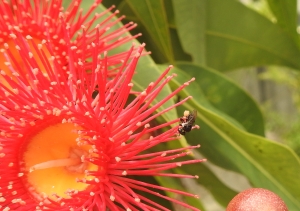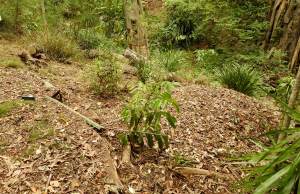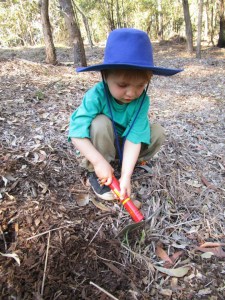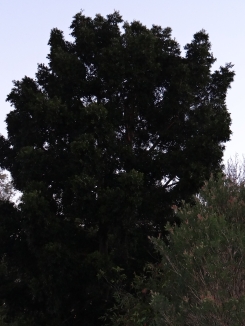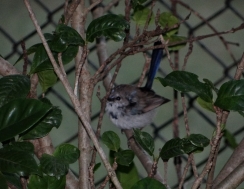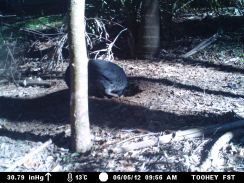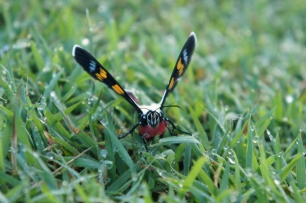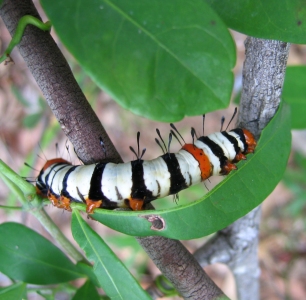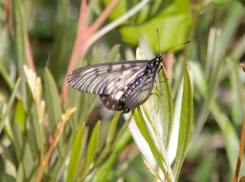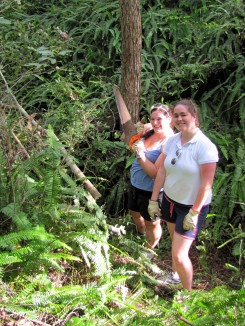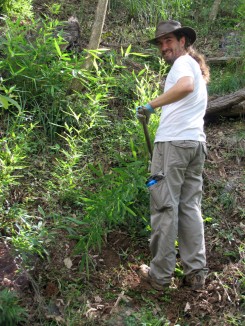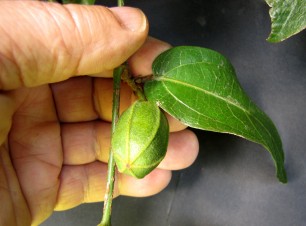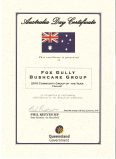.
By: Michael Fox
A hive of Stingless Native Bees Tetragonula sp. are a fascinating and helpful addition to your Pollinator Link garden, particularly if you are growing Macadamia, Avacado, Strawberries, Rockmelon, Watermelon, Mango, Blueberries or Citrus (Kin Kin Native Bees).
Being stingless, although they do have strong jaws as you will find if they get into your armpit, the Tetragonula sp. are great for urban backyards. Kids can stand close and watch or even let them walk over their hand without risk of stings.
Design of Stingless Native Bee hives has evolved dramatically with designs now allowing for easy harvesting of the unique honey produced by these tiny bees.
Native bees are very good crop pollinators because they are very good at collecting pollen.
This Stingless Native Bee already has a large ball of pollen on its legs and still collecting more. Watch the bee in the video take off with its pollen collection.
The Red-flowering Gum Corymbia ficifolia produces a spectacular display in O’Grady Street feeding ants and other insects, as well as being very popular with our Stingless Native Bees. Stop for a minute and look for the bees crawling over the flowers.

